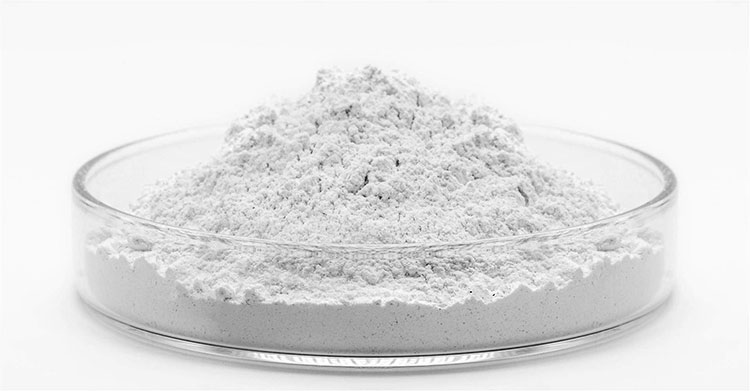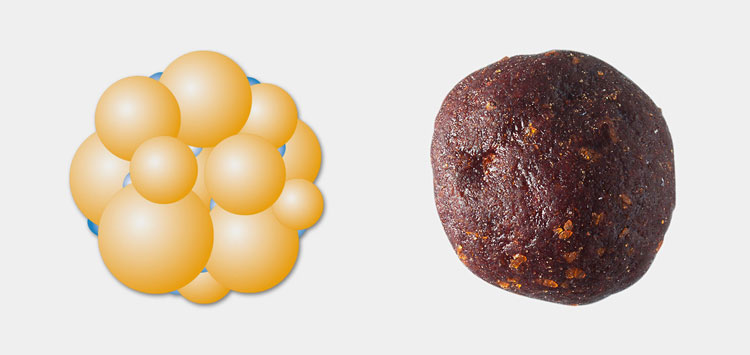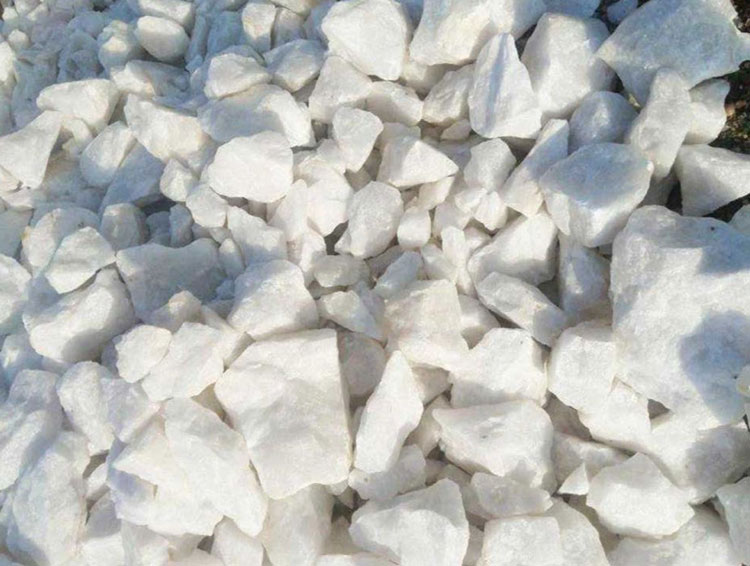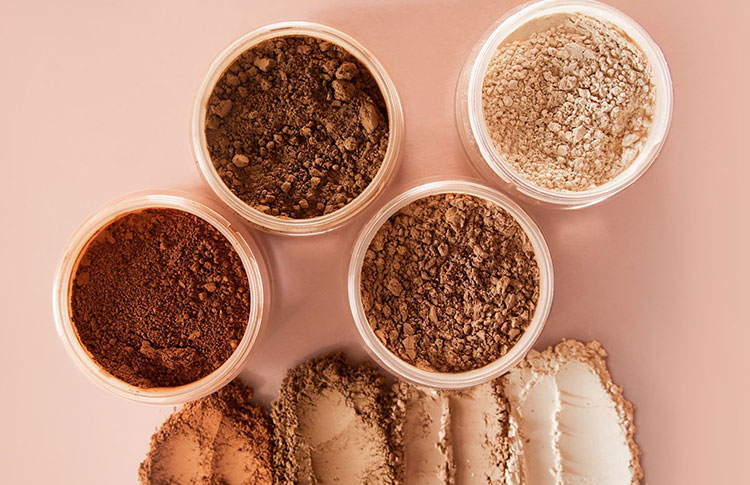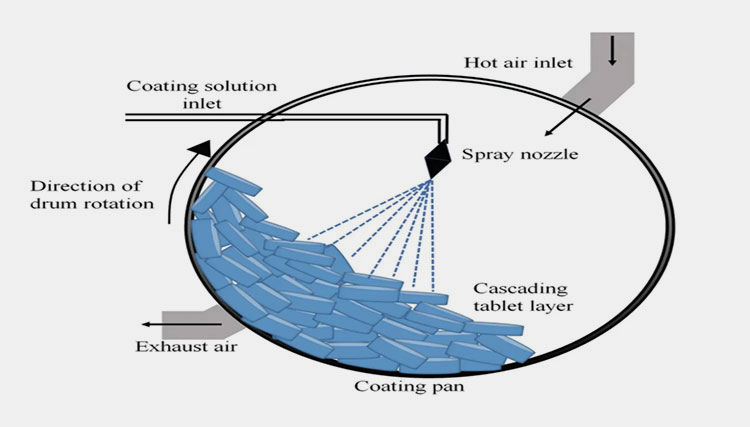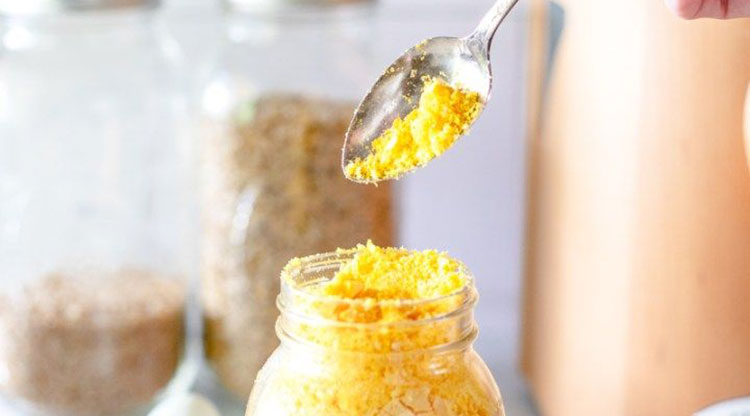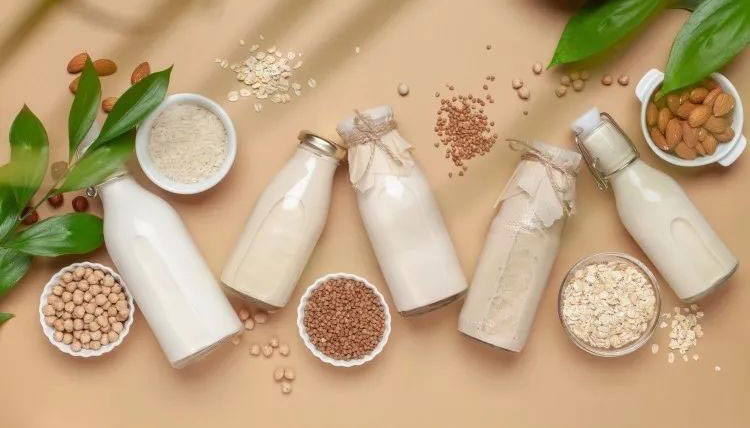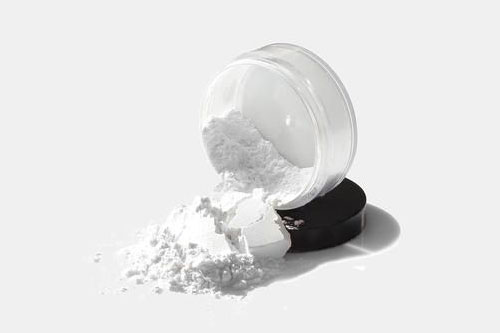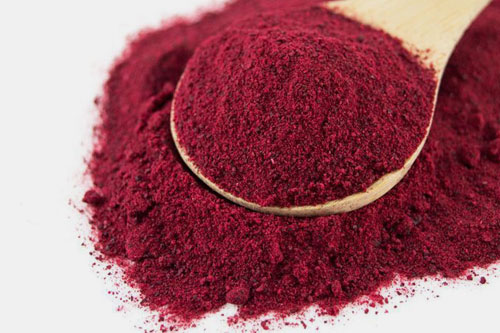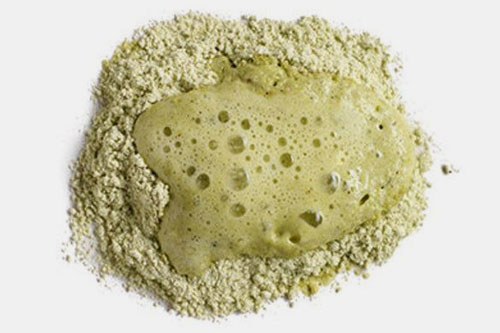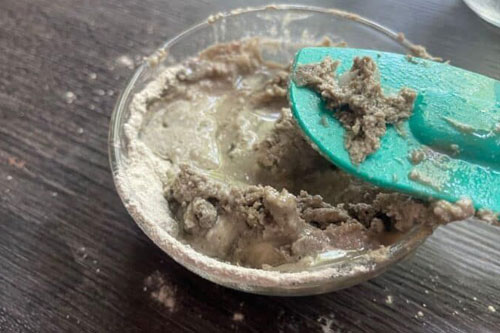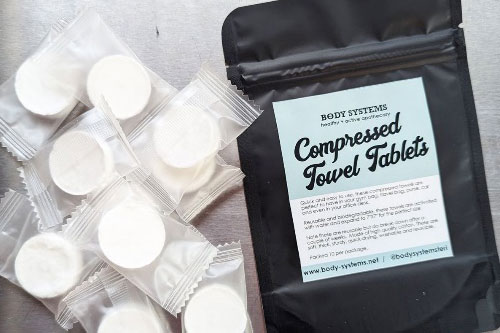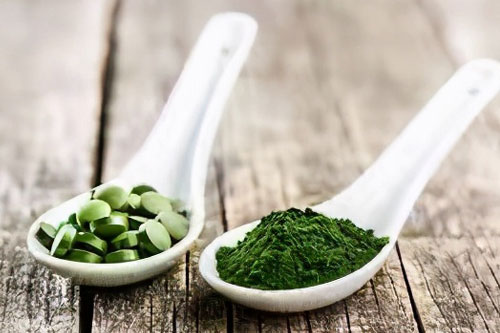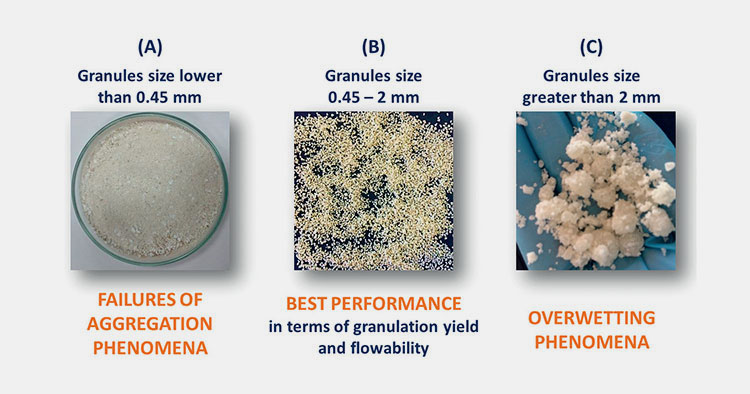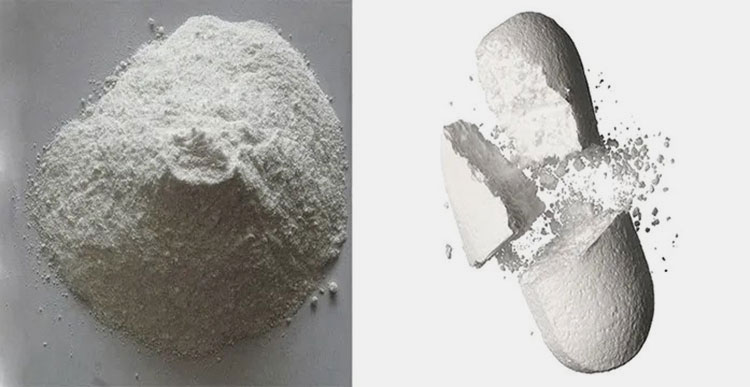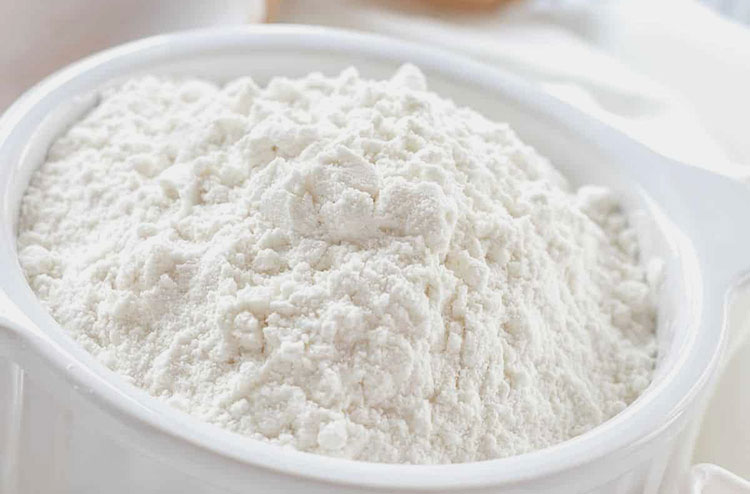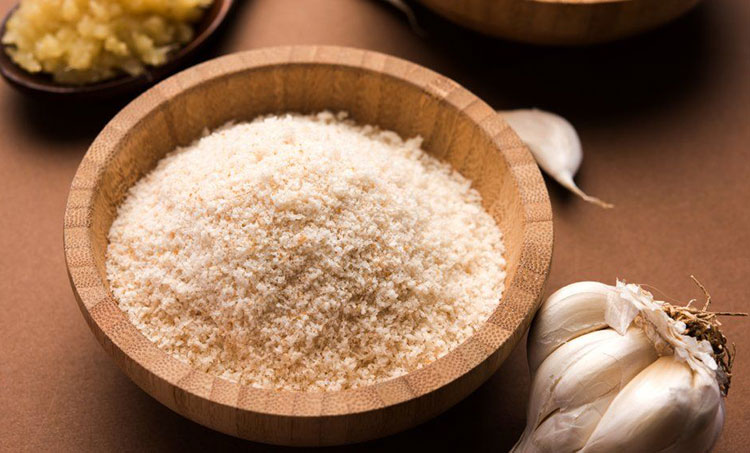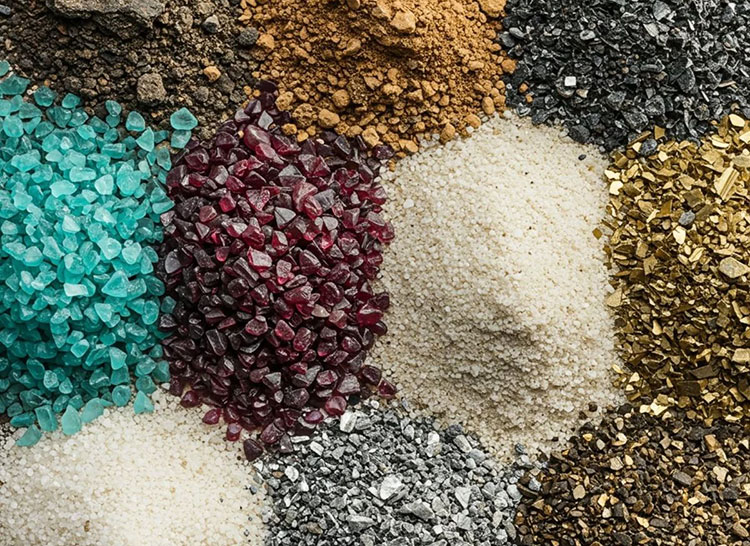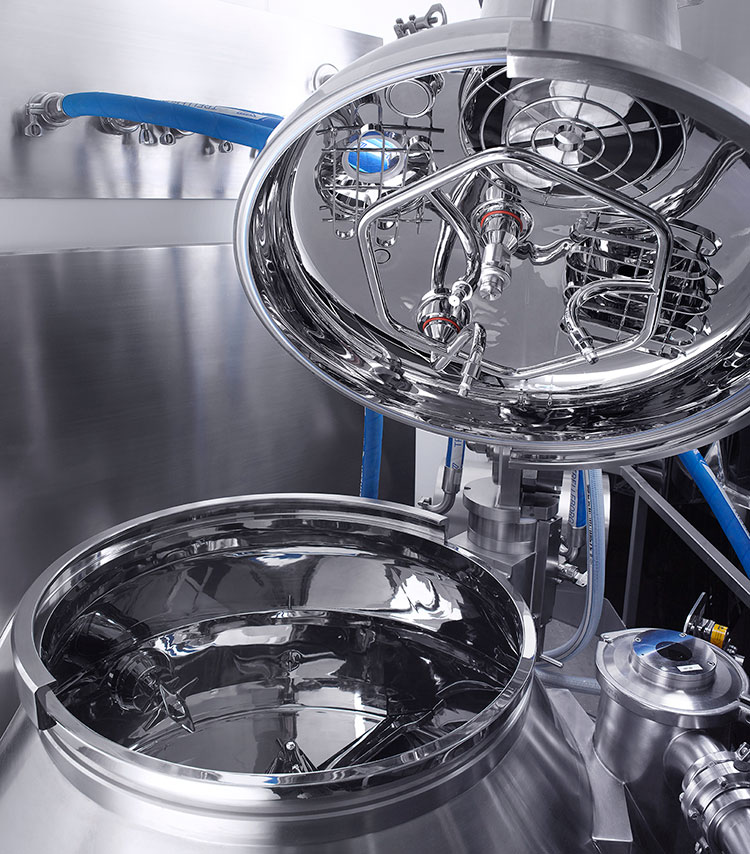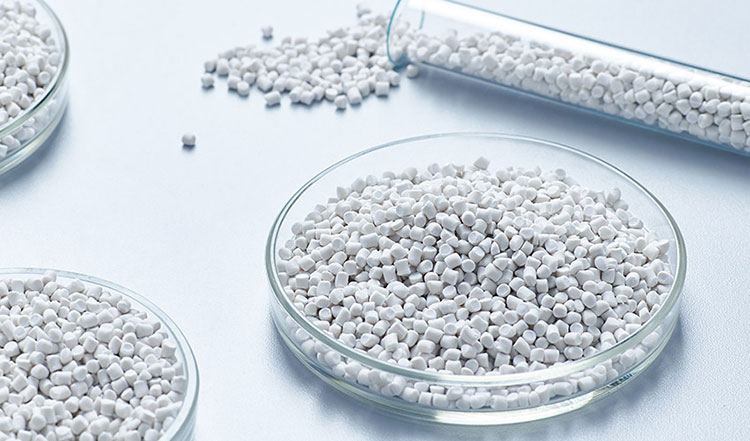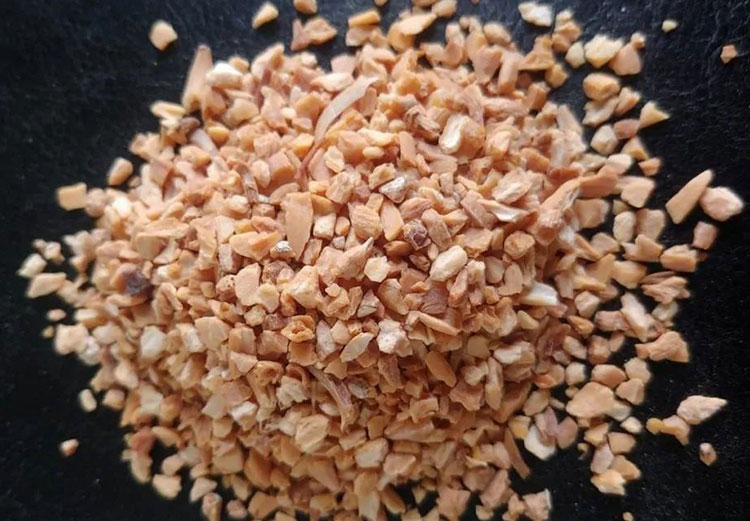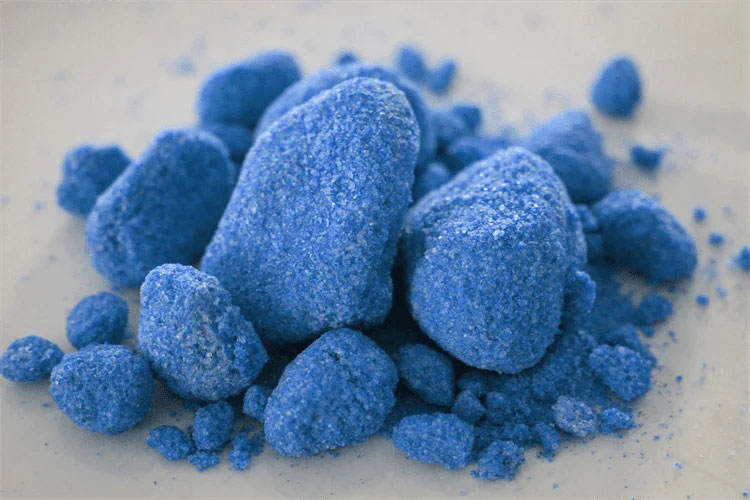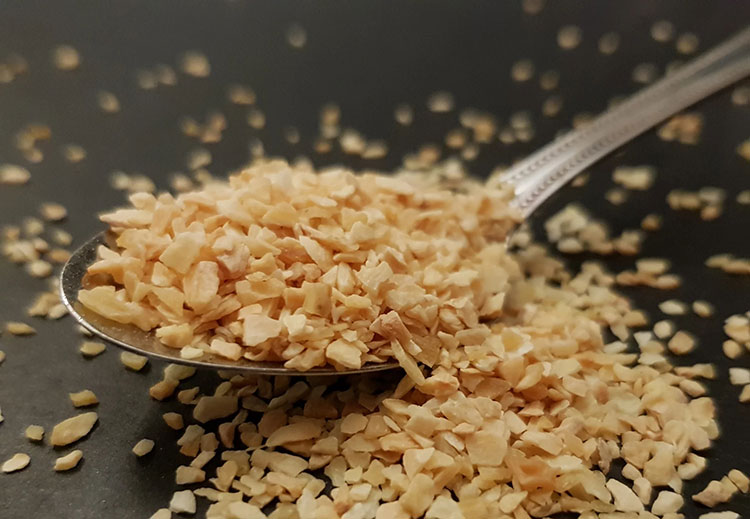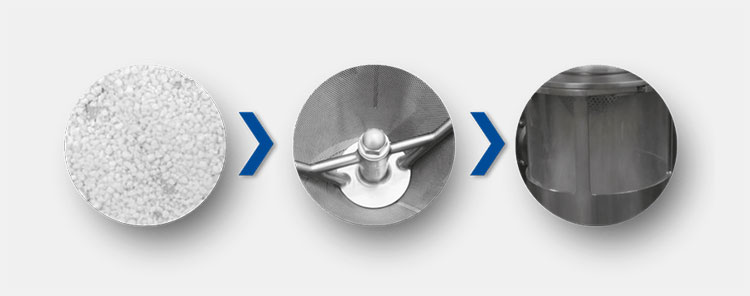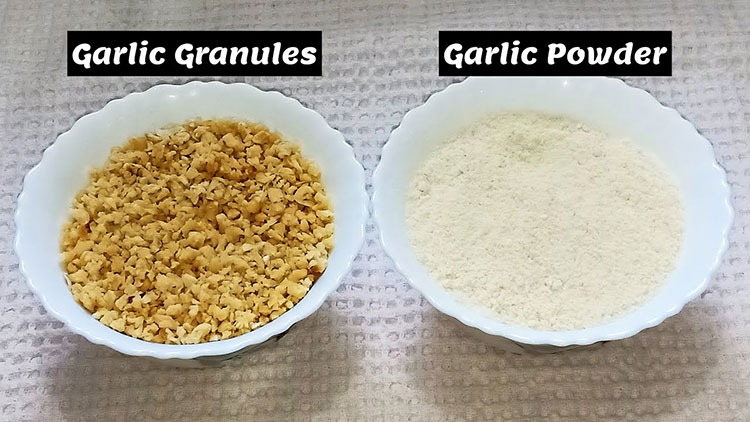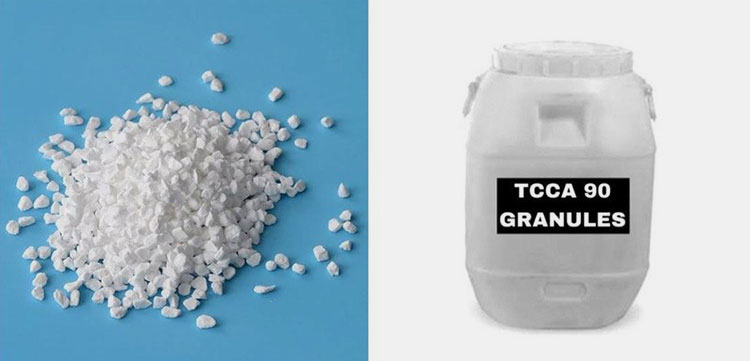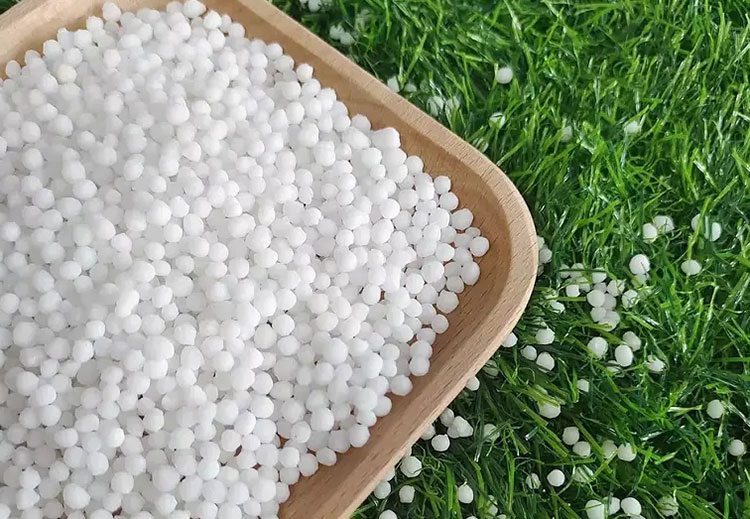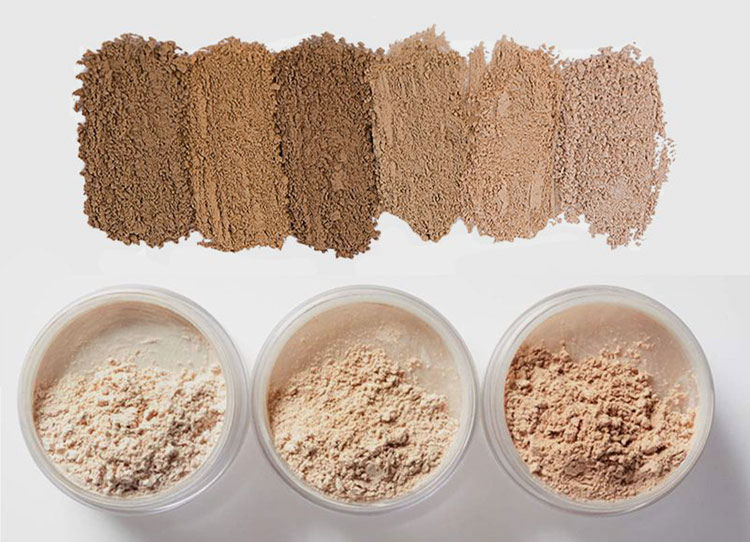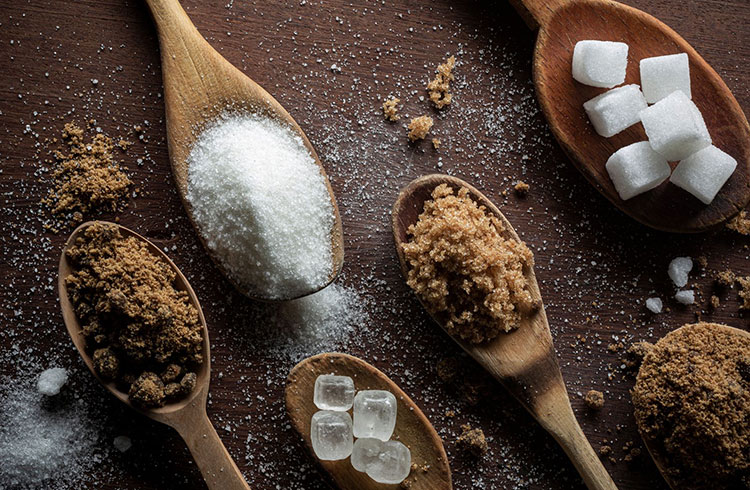What Is The Effect Between Mixing Material And Agitator Blade Speed During Wet Granulation?
Have you ever wondered what actually occurs within a high shear mixer granulator during wet granulation process when powders interact with liquid binders and the blades start turning?
What if the speed of those blades determine the perfect granule size and shape and a failed batch?
In pharmaceutical, chemical and seasoning industry, the wet granulation is not just a mixing, the proper equilibrium of material mixing, forces and timing is the important factor. But in what way does the material type influence the speed of agitator blades? Could the particle size, moisture content and texture of the initial material influence the outcome? And what is the role of shear force in the formation of granules? Grasping this relationship is not just technical but it is also important for consistent product quality and process efficiency.
Let’s explore the science that underpins it.
1.Do you know about wet granulation?
Granulation-Picture courtesy: foodfeedfinechemicals.glatt.com
Wet granulation is a process in which liquid solution as a binder is add into the powder to form granules. The formation of granules ensure the flow ability, compressibility and flow rate. Especially when making tablets, capsules, seasoning powder or powder chemicals.
Wet granulation is widely used in pharmaceutical, chemical, cosmetic and in food (seasoning powder) industries.
2.Can you differentiate wet granulation and dry granulation?
Wet and dry granulation-Picture courtesy: ipharmachine.com
There is some difference between wet granulation and dry granulation. Let’s dive into them.
| Wet granulation | Dry granulation | |
| What’s the basic idea? | In wet granulation, liquid as a binder is used for powder particles to stick together and form granules. | In dry granulation, the powders are press together using a presser or roller to stick powder together. In this, no water or any liquid is used. |
| When to use? | You can use wet granulation procedure if the raw materials you use can handle heat and moisture. By this, you can get strong and nice granulation. | You can use dry granulation if the raw materials are sensitive to heat and moisture and often degrade upon contact with moisture. It is simpler procedure because it does not need drying step. |
| Equipment involved | It needs mixer, granulator and dryer for drying purpose. It is bit time consuming process. | It needs an equipment like roller compactor. This procedure is quicker and cost-effective. |
| Final granules | The final granules result from wet granulation is uniform, strong and easily compressed to form tablets, cubes etc. | The final granules formed from dry granulation is irregular in shape and weak in strength but for some materials, it goes well. |
3.What is the effect between mixing material and agitator blade speed during wet granulation?
When you are doing wet granulation, the mixing material and agitator blade speed affect how your granules turn out! Here is some of the affect when you change the blade speed.
Granule size
Granule size
If the agitator blade is spinning too slow then the powder may not mixed well. The consequence of this will end up of varying size granules. Some granules will be small, some large and some moderate, you will not get an even sized powder granules.
If the blade is spinning too fast, then the powder will be too much broken down into thin, fine particles and you will not get nice, solid granules.
Granule strength
Granule strength
If the blade spinning at moderate to high speed, then it will mix and form a granules with compact and stronger structure.
If the blade is spinning too fast, then it will break every particle into very small, fine particles because the blade will crush every particle and makes them weak.
Binder mixing
Binder mixing
In wet granulation, the liquid binder solution interact with powder. If the agitator blade is moving too slow, then it will not spread the binder evenly in the powder mixture which results in weak granules formation.
Granule formation
A high speed (not too fast) blade will mix binder evenly in the powder, which will end up in good granules formation.
Granulation time
Blade-Picture courtesy: mxdprocess.com
You have to give time to materials for proper mixing and granules formation, so give them time. Some powders need slower time for mixing and ending up in strong and nice granules formation.
Granules
4.What types of raw material influence the effectiveness of wet granulation?
You must be handled various powders in wet granulation. Some powders are easy to handle while others need special attention. Not all raw powder behaves the same while handling the wet granulation. Here is how different raw materials influence the effectiveness of wet granulation.
| Powder flowability
|
Imagine a powder that flows easily e.g. salt, then it mixes with binder easily and forms a beautiful granules while if the powder is sticky, then the binder solution may not mix well and ends up in uneven or clumpy granules formation. |
| Particle size and shape
|
If the raw materials you use for wet granulation is of small size, then the fine particles will absorb more binders and as a consequences, too sticky or too wet granulation form.
If large size or irregular raw materials use, then it will absorb more binder and result in large smooth granulation. |
| Moisture sensitivity
|
Some materials absorb moisture by binder solution and form fine granules but others are sensitive to moisture. When it interact with water, it may degrade and lose their properties. |
| Solubility
|
While handling different raw materials, you must be conscious about the solubility factor. Some materials easily soluble in water and form sticky granules and required a lot of time for their drying.
Some raw materials are not easily soluble in water and they can easily be controlled. |
| Compressibility
|
If your material have more compressibility or if you can compress them easily, then it will result in nice granule formation.
If you are using the powder that are not compressible then you will need more binder solution for them to ends up in wet granule formation. |
| Binder compatibility
Picture courtesy:lfatabletpresses.com |
It is crucial for binder compatibility with the powder. If the binder solution is well mixed with the powder/ raw material then it will ends up in beautiful, smooth granulation. |
5.How do the choice of binders respond to various mixing speed during wet granulation?
In wet granulation, binders are like a glue that stick with powder for granules formation. How this binder works? It not only rely on the type of binder you use but also depends upon the speed upon which it mix with powder. Let’s take a closer look!
Thin (low viscosity) binders
Granule size-Picture courtesy: intechopen.com
If the binder you are using is thin or of low viscosity, then it will quickly and easily mix with powder.
Now, let talk about this type of binder mixing speed. At low speed, low viscosity binders may not reach to all particle and ends up with rough and uneven granulation.
If mix at moderate speed, the less viscous binders will uniformly coat all the particles and will form nice granulation. So, moderate speed is perfect for them.
At high speed, the thin binders will easily and over-distribute over the powder particles. This will create over-wetting and results in lump or sticky granules formation.
Thick ( high viscosity binders)
Binder-Picture courtesy- pharmaeducation.net
if thick or high viscosity binders like gelatin and starch paste etc. are used as a binder then it will not easily flow but the granules formed by thick binders may results in stronger granulation.
Now, let’s talk about their speed of mixing.
If high viscous binders are mixed at slow speed, then they will stay at one place and results in clump or hard core granule formation.
If the binder is really thick and mix at moderate speed and for longer time, then it can work but still can leave patches.
The mixing of such binders at high speed is ideal for best granules formation.
The energy used in breakdown of thick binders making them thin and then uniformly distribute it throughout the powder. This results in nice granules formation.
Powdered binders
Powdered binder
These binders are first mixed with powdered and then spraying it with little liquid. This will activate the powdered binders. When they get hydrated then they swell and helps particles to stick with them
If the mixing of dry binder is at low slow, then it may not properly and evenly distribute. When water hits it then it may leads to poor activation and patchy granules will form.
At moderate speed, dry binders are properly mixed and when liquid hits them, they activate. This results in good granulation.
At very high speed, rapid hydration and over-wetting will result. The high speed will break apart the granules due to excess mechanical force.
6.What happens when the blade speed is too high for a moisture-sensitive material during wet granulation?
For understanding the concept, let’s assume making a dough with delicate flour, and mixer is spinning with high speed. What would you expect? Off course mess will create.
Same is the case with wet granulation. If you are using moisture-sensitive materials and blade is spinning with high speed, then few things can go wrong:
Overheating
Over-heating
Due to high spinning of blades, friction create and leads to heat. Due to high heat production and moisture content due to binder, some of the materials degrade and lose their properties. This can create messy granules instead of forming nice granules.
Over-wetting
When your machine blades are spinning at high speed, it pushes the binder into the powder with high speed. Some materials don’t like moisture but high speed blade trap too much liquid within them. This creates soft and wet granules, which may leads to fall apart later.
Granule breakdown
Granules
If the blade speed is high, then it means high mechanical force. The blade break the fragile and brittle materials into small pieces. This can ends up in more fine powder and very little amount of solid granules.
Uneven granulation
Uneven granulation
For wet granulation, even distribution of binder in the powder is most crucial for moisture-sensitive materials. If the blade is spinning at high speed, then it might hit the binder harder and can miss other part. This can result in inconsistent size and quality of the granules.
7.What are the signs that the blade speed is too low for effective wet granulation?
Granulator with impeller blade
If the agitator blade is moving too slowly, the binder and powder don’t get enough energy to mix together and that causes several issues you can actually feel and see.
Here are the signs to watch for:
| Poor binder distribution | By too low blade speed, the binder solution may not evenly distribute among the powder. So, the consequence is to weak granules formation surrounded by dry powders. |
| Weak and crumbly granules | The granules formed by too slow blade spinning are weak and fall apart when touched. The reason behind your weak granules are powder particles not sticking together well. |
| Longer granulation time | You may add more binders thinking it is too dry but the real problem is with blade speed. It takes way too longer to reach to their right consistency. |
| Sticky buildup on equipment | The binder may not spread well within the powder due to too low speed of blade. This can cause the binder stick to the equipment as well as to the blade. This can leads to more product lose and then headache in cleaning process. |
8.How does temperature rise due to high speed mixing affect material properties during wet granulation?
For understanding the concept of temperature rise and material properties, let’s imagine running a hand mixer in a bowl for long period of time, it starts up to warm up. Right? Same happens in wet granulation process.
When you mix powder at very high speed, the heat generates and that heat is absorbed by the materials you want to form granules. That temperature rise can really cause troubles. Here’s what might happen:
Moisture loss
Well coated granules-Picture courtesy: gmpinsiders.com
The high speed blade spinning generate a heat. This heat evaporates the binder solution leading to less coating of powder particles. The less coated particles results in dry and rough granules formation.
Material degradation
Granules formation
Some material you used for wet granulation are heat and moisture sensitive. The high temperature cause a degradation and hence, change the chemical nature of ingredients. This too can affect the granule formation.
Stickiness and lumping
Clumpy granules
The heat generated by high speed blade can make your binder and raw materials melty and sticky. This can results in clumpy granule formation and lots of powder materials stick to the equipment.
Change in flow and compressibility
Flowability of granules-Picture courtesy: suntralisfoods.com
High heat can change the flow of your powder or granules. They may become more compacted and reduce the nice flow ability of the finished granules.
9.What are the effects of over-granulation caused by excessive blade speed?
Wet granulation-Picture courtesy: quadro-mpt.com
Imagine you are mixing cookie dough for a long time and also too hard, it will not results in nice dough instead you will ends up in sticky mess.
When the blade speed is too high and for a long period of time, it does not just mix. It overdoes it. The binder spreads too fast, then mix too fast and results in too big granules, too wet and too sticky. Following are the points that you may see!
You may get oversized, wet and sticky granules which takes a lot of time during drying. They don’t get dry well and results in fall apart.
Over-granulated materials are usually sticky and uneven that does not usually flow nicely. This can cause uneven weight tablet production because the less-flow-able are not easily compressed in to shapes.
The bigger granules hold a lot of moisture, so they have extended drying time.
More binder wastage occur because for granulation, they need a lot of binders that not only mix but also goes deeply into the powder particles.
10.What is the effect of mixing material on blade speed during wet granulation in different industries?
Wet granulation is used in many industries but the types of raw materials you are using (its moisture and heat sensitivity, texture, stickiness etc.) and the blade spinning /speed you use must be carefully balanced. Let’s explore how these industries caring about the balance:
Pharmaceutical industry
Pharmaceutical industry-Picture courtesy: gmpinsiders.com
In pharmaceutical industries, the types of material used (heat and moisture sensitive) and blade speed matters a lot for the consistent granule formation. It is widely used for making tablets and capsules etc. and you must make sure that every shape have equal drug content for its effectiveness and safety.
Food industry
Food industry
In food industry, wet granulation is used for instant mixes, cubes and nutrient blend. The ingredients used in seasoning powder vary from proteins, starches and carbohydrates that react differently to moisture and speed. Make sure to coat every seasoning powder with the binder solution so, consumers can taste every spoon of food.
Chemical industry
Chemical industry
Some chemicals used in chemical industry may be reactive and volatile, they require precise control of mixing and granulation. The wet granulation procedure require for detergents making, catalysts and pigments etc. formation.
Agriculture industry
Granulated fertilizer
Agriculture industry use wet granulation for fertilizers making and dry pesticides. A urea based fertilizer needs moderate blade speed to create uniform granules formation, that are not too hard that don’t dissolve or not too dusty granules that blow away.
Makeup and cosmetic industry
Makeup and cosmetic industry
In cosmetic industry, you make sure to produce smooth, light, press able and evenly colored granules. That beautiful granules will come in exist when the mixing material properties (like softness, moisture-sensitive, and oiliness) are matched with the right blade speed.
11.What role does particle size distribution play in the interaction with blade speed during wet granulation?
Particle size in granulation
The distribution of particle size greatly impact on the material performance at various impeller (blade) speeds during the wet granulation process. Here is how their interaction with blade influence the granulation process.
Granule growth dynamics:
When there is uniform mixing of small and large particles, then the larger particles interlocked and results in good granule formation. If the blade speed of impeller in a granulator increases, then the interaction between particles increases and hence, more particles interact and ends up in uniform and compact granule formation.
Effects on porosity and strength:
When you use larger particles then they make a granules that are less porous. Less porosity means they have less gaps inside. When these granules interact with high speed blade then shearing force press them even tighter. This makes the granules stronger.
Shear sensitivity:
The impact of blade speed depends widely on the types of binder used and on the particle size. If the coarse particles are used then the shear force makes them larger and stronger granules. But when fine particles are used then shear force and binder makes over granulation and makes the weak granules and break apart.
Flow pattern changes:
When the impeller blade speed is high, then process called the “roping” happens. In this process, when the wide range of particles and coarse particles interact then the chances of particles sticking together increases. This results in nice and uniform granule formation.
Conclusion:
During wet granulation, the effect of blade speed and material nature plays an important role in granules formation. If the blade speed is too high for moisture sensitive ingredients then too wet or damaged granules are formed. If blade speed is too low, then the particles are not come together and ends up in dry granules and fall part in pieces. The type of binder used also matters a lot in wet granulation procedure. The raw materials and blade speed plays a crucial role on the impact of finished granule formation. The balance between the powder, binder and impeller blade speed is highly used in different industries like pharmaceutical industry, food industry chemical industry, agricultural industry and cosmetic industry.
Don't forget to share this post!
CONTACT US
Tell us your raw material and project budget to get quotations within 24 hours.
WhatsApp Us: +86 181 7101 8586
The Buyer's Guide
